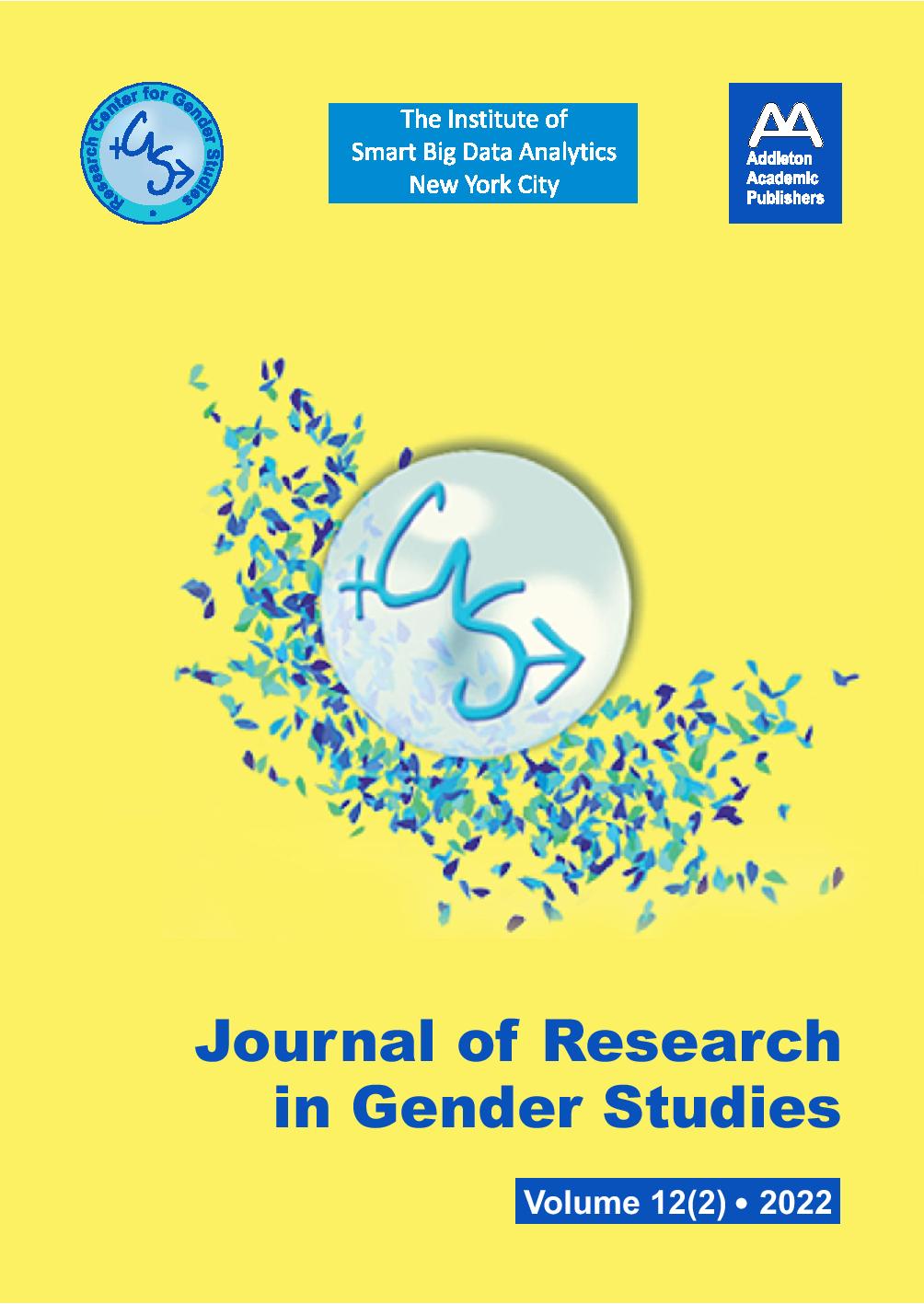Augmented Reality Face Filters for Unrealistic Physical Appearance and Beauty Images: Contextual Visual Meanings, Negative Thoughts and Behaviors, and Social Interactions and Comparisons
Augmented Reality Face Filters for Unrealistic Physical Appearance and Beauty Images: Contextual Visual Meanings, Negative Thoughts and Behaviors, and Social Interactions and Comparisons
Author(s): Ramona MihăilăSubject(s): Gender Studies, Media studies, Social psychology and group interaction, Behaviorism, ICT Information and Communications Technologies
Published by: Addleton Academic Publishers
Keywords: augmented reality face filters; unrealistic physical appearance and beauty image; contextual visual meaning; negative thought and behaviour; social interaction and comparison;
Summary/Abstract: In this article, I cumulate previous research findings indicating that social traits and behaviors, thin-idealized beauty, body-image affective judgments, and unrealistic physical appearance develop on digitally networked images and biometric data. I contribute to the literature on normative beauty standards, idealized and unrealistic body imagery, media-induced body dissatisfaction, digital self-expression, and digital self-representation by showing that idealized appearance-focused media and edited and retouched images optimize emotional wellbeing, beauty ideal internalization, and social expectations and pressures. Throughout May 2022, I performed a quantitative literature review of the Web of Science, Scopus, and ProQuest databases, with search terms including “augmented reality face filters for unrealistic physical appearance and beauty images” + “contextual visual meanings,” “negative thoughts and behaviors,” and “social interactions and comparisons.” As I inspected research published between 2017 and 2022, only 162 articles satisfied the eligibility criteria. By removing controversial findings, outcomes unsubstantiated by replication, too imprecise material, or having similar titles, I decided upon 33, generally empirical, sources. Data visualization tools: Dimensions (bibliometric mapping) and VOSviewer (layout algorithms). Reporting quality assessment tool: PRISMA. Methodological quality assessment tools include: AXIS, Dedoose, MMAT, and SRDR.
Journal: Journal of Research in Gender Studies
- Issue Year: 12/2022
- Issue No: 2
- Page Range: 112-127
- Page Count: 16
- Language: English
- Content File-PDF

